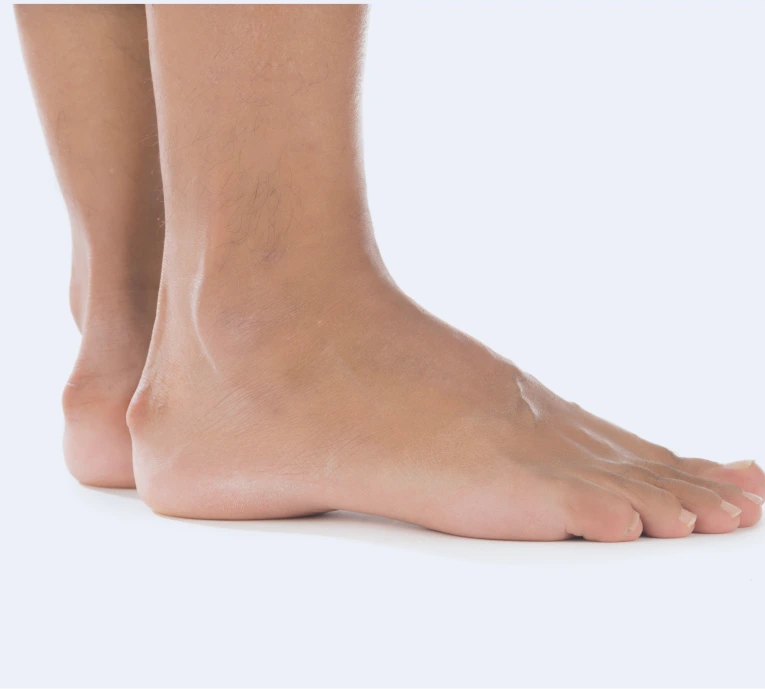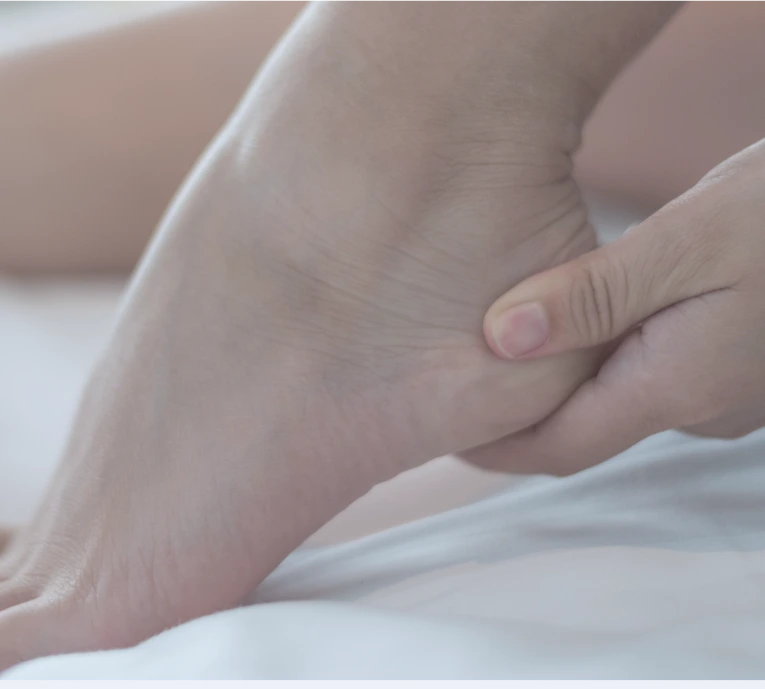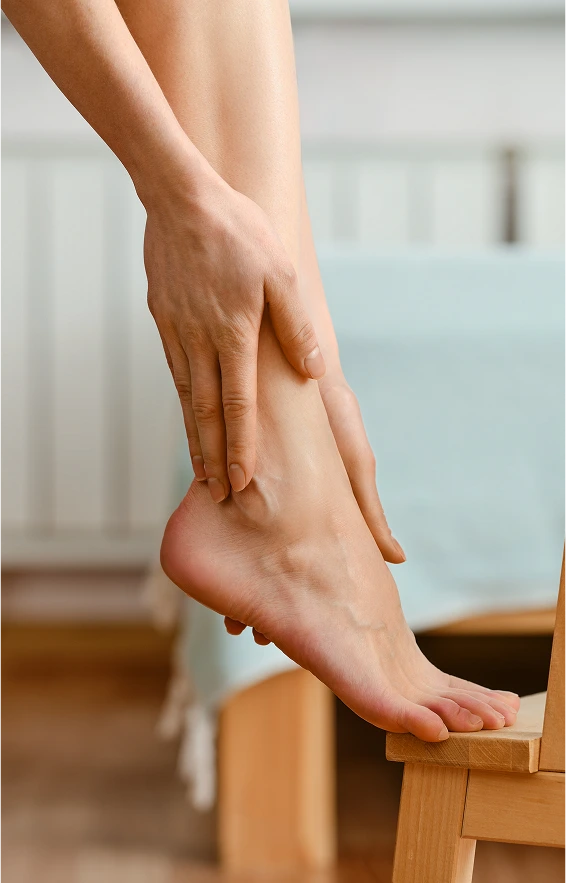Revive Hand and Foot Institute in Miami offers specialized treatment for those struggling with Haglund deformity, providing effective surgical options tailored to individual needs. With a focus on advanced techniques and personalized care, Dr. Oganesyan’s approach ensures precise outcomes and efficient recovery. The surgery targets the source of discomfort and promotes long-term healing, while minimizing the risk of future complications. Each patient receives a comprehensive treatment plan, combining cutting-edge technology and expert care from our board-certified surgeon to achieve the best results. The commitment to restoring optimal foot function brings lasting relief and enhanced comfort for those seeking a solution to this challenging condition.











Revive Hand and Foot Institute offers advanced Haglund deformity surgery through Dr. Ashot Oganesyan’s deep podiatric expertise and meticulous surgical approach. Our treatment planning for foot deformities incorporates comprehensive diagnostic imaging and biomechanical analysis to develop highly personalized strategies that address the bony prominence and any contributing anatomical factors. Dr. Oganesyan’s techniques emphasize precision bone resection while preserving surrounding healthy tissue, resulting in improved functional outcomes and reduced recovery times compared to traditional approaches. Our dedicated post-surgical rehabilitation program includes customized protocols that promote optimal healing while preventing recurrence through targeted exercises and footwear recommendations. We empower patients to make informed decisions and actively participate in their recovery journey.
